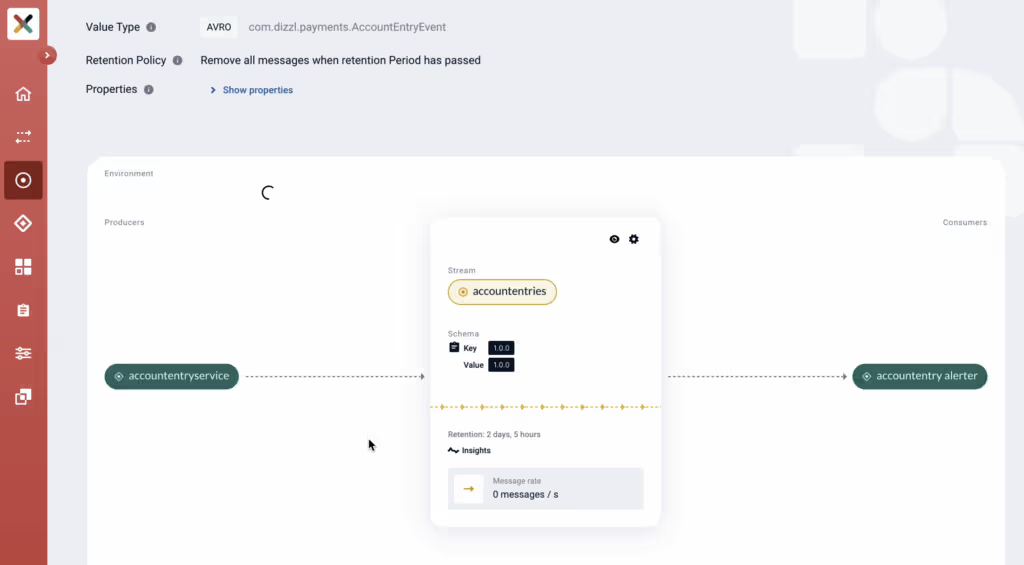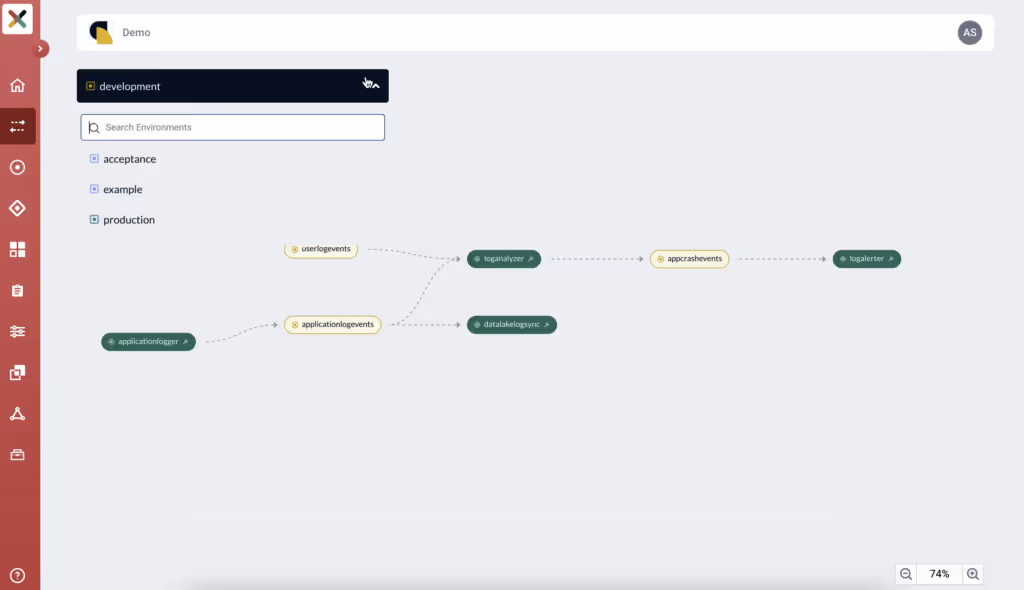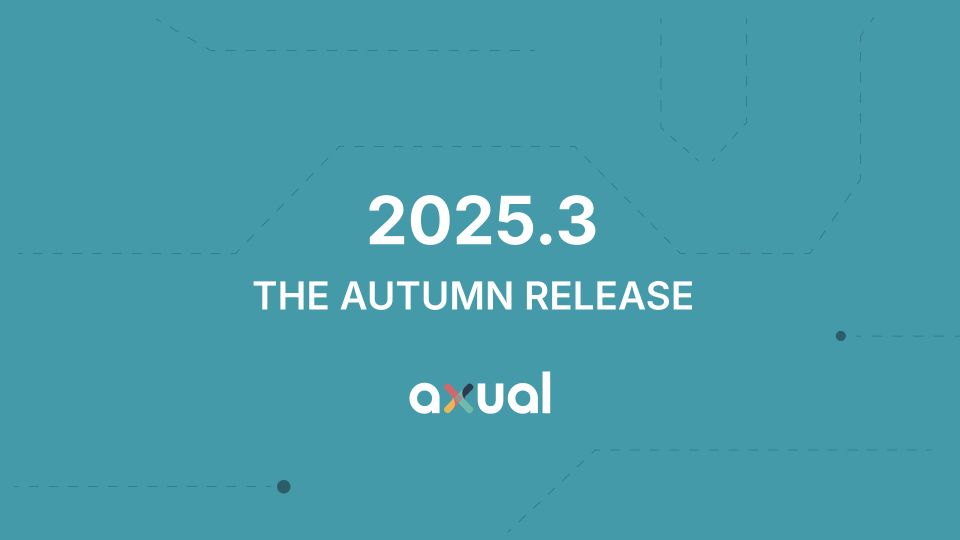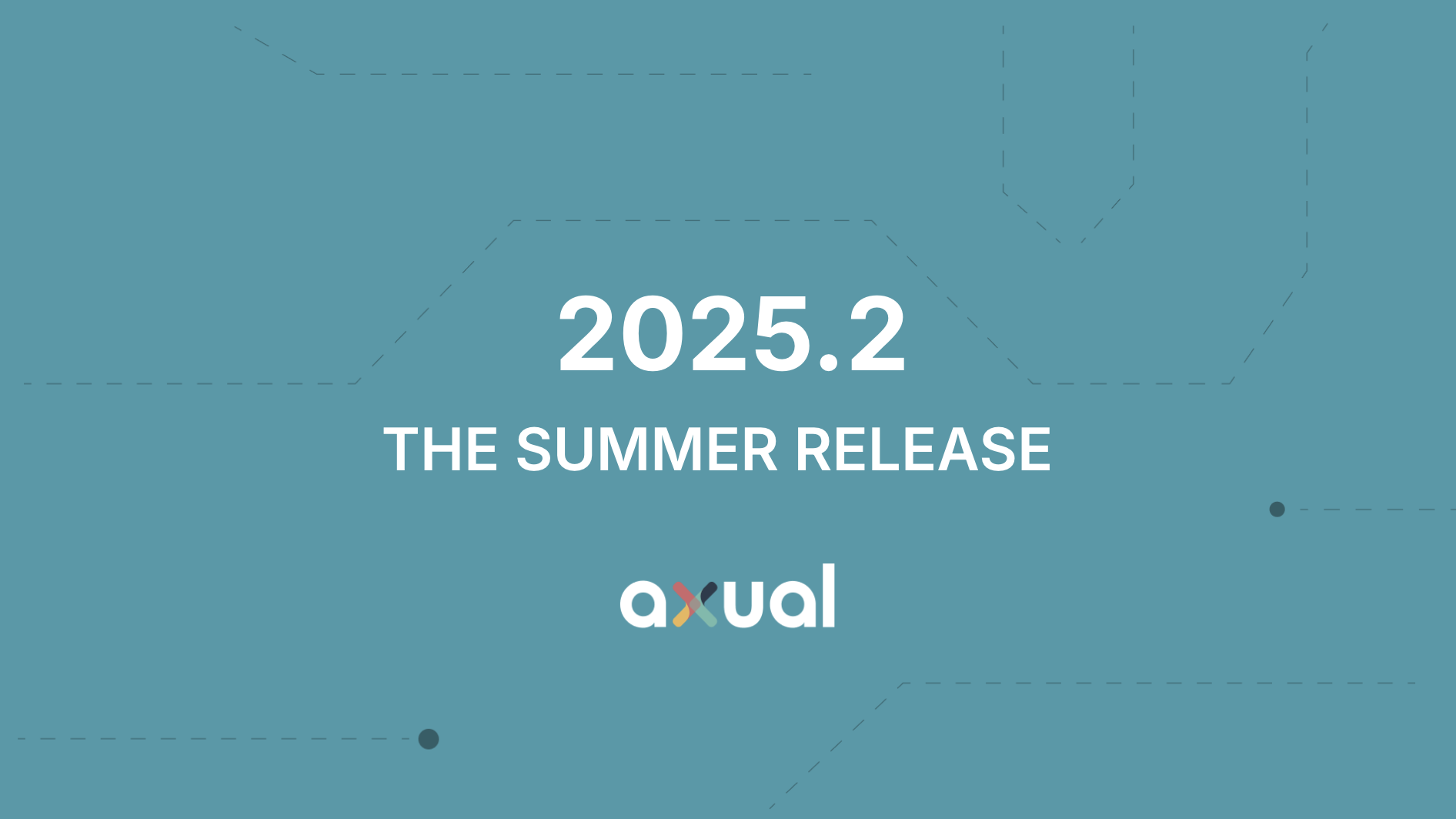On this page
The temperatures have dropped again but the days are lengthening. And, it is not too long ago since we started 2023, a year full of opportunities in the world of real-time data streaming. We are happy to announce the last release of 2022, Axual Platform 2022.4.
In this blog you can learn what Axual Platform 2022.4 brings to Apache Kafka users, such as a rich and clean Self-Service interface with enriched topic graph, stream insights. Last but not least, from this release you are in control of who is able to browse your topic’s data in any environment. Continue reading this blog to learn more.
The new UI is now generally available
In the last release we introduced our revamped and improved user interface. Since then, we have collected all kinds of bug reports and improvement ideas and we believe it’s time to announce the new UI as the default for Axual Platform going forward. It includes:
- Enriched dashboard, with “My streams” and “My applications” widgets for each access to the assets you own
- Schema explorer: browse through the organization’s schemas and show details and schema versions
- Insights (see below)
- Enriched topic graph (see below)

Enriched topic graph
One of the most beloved features of our platform is the topic graph, where users can navigate through the different environments where topics are created and applications are interacting with them. By clicking the application or topic, we are now showing application and topic metadata which, together with highlighting in the graph, helps to quickly understand the context of the application or the topic. Clicking the “View stream” or “View application” takes you to the detail pages of the respective stream or app.

In a future update we are going to make navigating the streaming landscape even more user friendly by introducing filter and search possibilities.
Stream Insights
We have now integrated metrics in the user interface, starting with “Message rate”, the amount of messages produced on a topic. The stream detail page shows the current message rate on the topic for every environment and below the graph, the historic message rate can be seen.

By clicking the “Insights” tab, you can select a specific interval of your interest.

In future releases we will add more valuable metrics to the user interface.
Stream Browse access control
Streaming platforms like Apache Kafka take a central place in an organization and many applications interact with the data on the topics created on the platform. Access to the topics is given on a need-to-have basis and only the necessary permissions are assigned. We support topic authorization approval workflows to guarantee just that. However, it is not only about applications interacting with a streaming platform. Applications are built by people and when things go south, an engineer needs to dive into the details to research and ultimately solve the problem.
In the 2022.4 release of the product we are introducing “Stream Browse Access Control”, a way for stream owners to grant permissions to anyone in the organization.

Any person in the organization trying to get access to a topic in an environment where he doesn’t have the permission will be presented with a warning explaining why access is blocked.

Phasing out Axual CLI for platform deployment
When we introduced Axual Platform in 2016, the only deployment option we supported was docker. To orchestrate deployment of our platform components and to configure them as desired, we created a set of deployment scripts named Axual CLI. A couple of years later we introduced support to deploy Axual Platform on Kubernetes infrastructure by using helm charts. This has now become the default and now that none of our customers are using Axual CLI anymore for deployment.
Strimzi upgrade
Axual Platform is based on the Strimzi Operator. For the 2022.4 release we have upgraded to Strimzi 0.32.0. It allows for an upgrade to the 3.3.1 release of Apache Kafka. The operator instructions contain upgrade steps related to Axual Operator 0.13.0 to upgrade to Kafka 3.3.1. You can find the operations documentation here. A more extensive list of updates done to Axual Platform can be found in the release notes.
Experience Axual yourself
On a personal note, I am extremely excited to share these updates. It’s our mission to make streaming (and Kafka) simple. Our complete event streaming platform based on Apache Kafka comes with self-service, data governance and security functionalities to achieve this mission.
Ready to start streaming yourself? Request a trial of our platform here or get in touch with our Kafka experts and request a demo of our Kafka solution.

Answers to your questions about Axual’s All-in-one Kafka Platform
Are you curious about our All-in-one Kafka platform? Dive into our FAQs
for all the details you need, and find the answers to your burning questions.
Related blogs

Axual 2025.3 release introduces KSML 1.1 integration for automated stream processing deployment, group-based resource filtering for multi-team governance, and experimental MCP Server for AI-driven platform operations. Includes JSON schema support, Protobuf processing (beta), and enhanced audit tracking for enterprise Kafka implementations.

The Axual 2025.2 summer release delivers targeted improvements for enterprise-grade Kafka deployments. In this post, we walk through the latest updates—from enhanced audit tracking and OAuth support in the REST Proxy to smarter stream processing controls in KSML. These features are designed to solve the real-world governance, security, and operational challenges enterprises face when scaling Kafka across teams and systems.

Axual 2025.1 is here with exciting new features and updates. Whether you're strengthening security, improving observability, or bridging old legacy systems with modern event systems, like Kafka, Axual 2025.1 is built to keep you, your fellow developers, and engineers ahead of the game.

